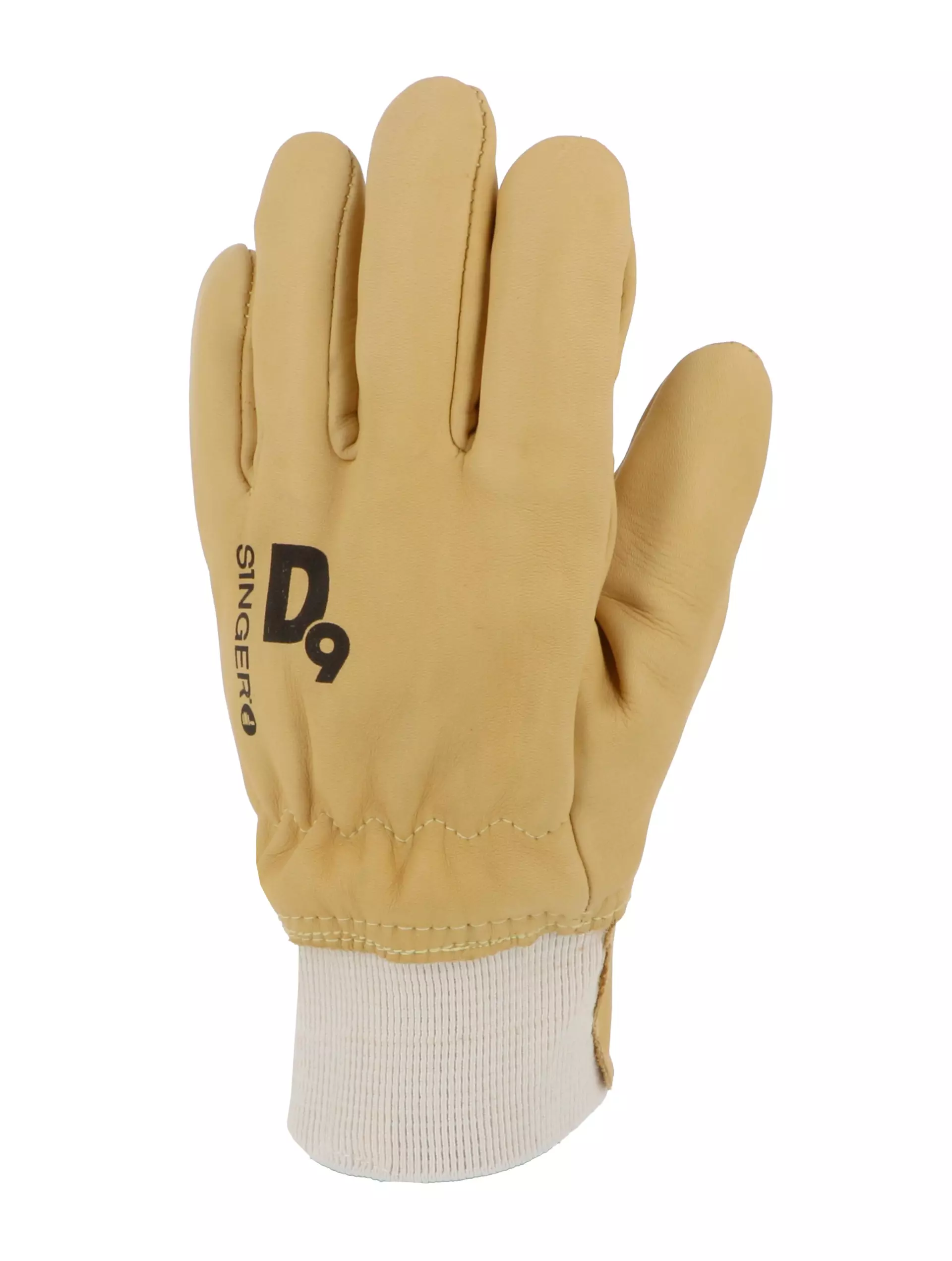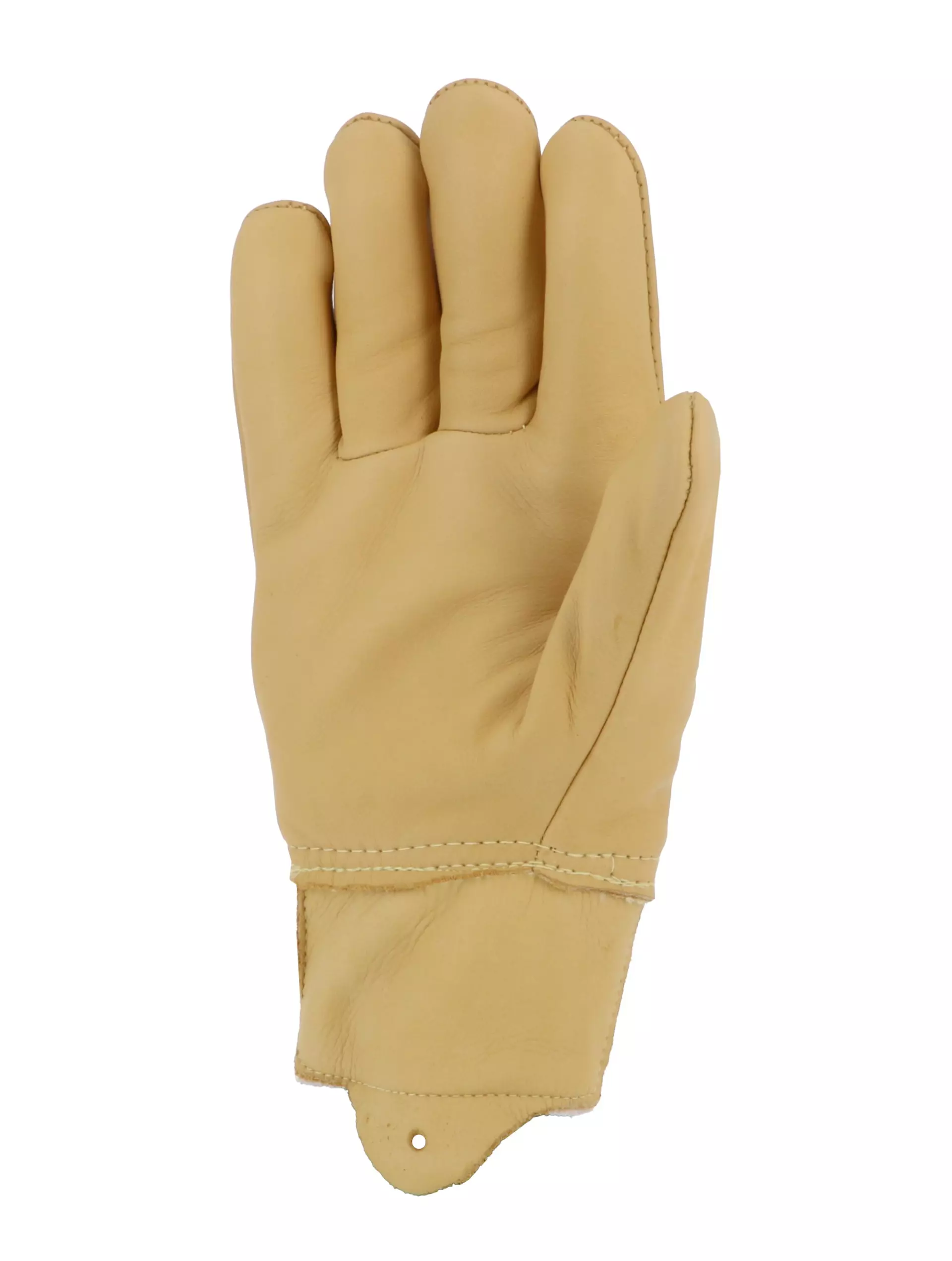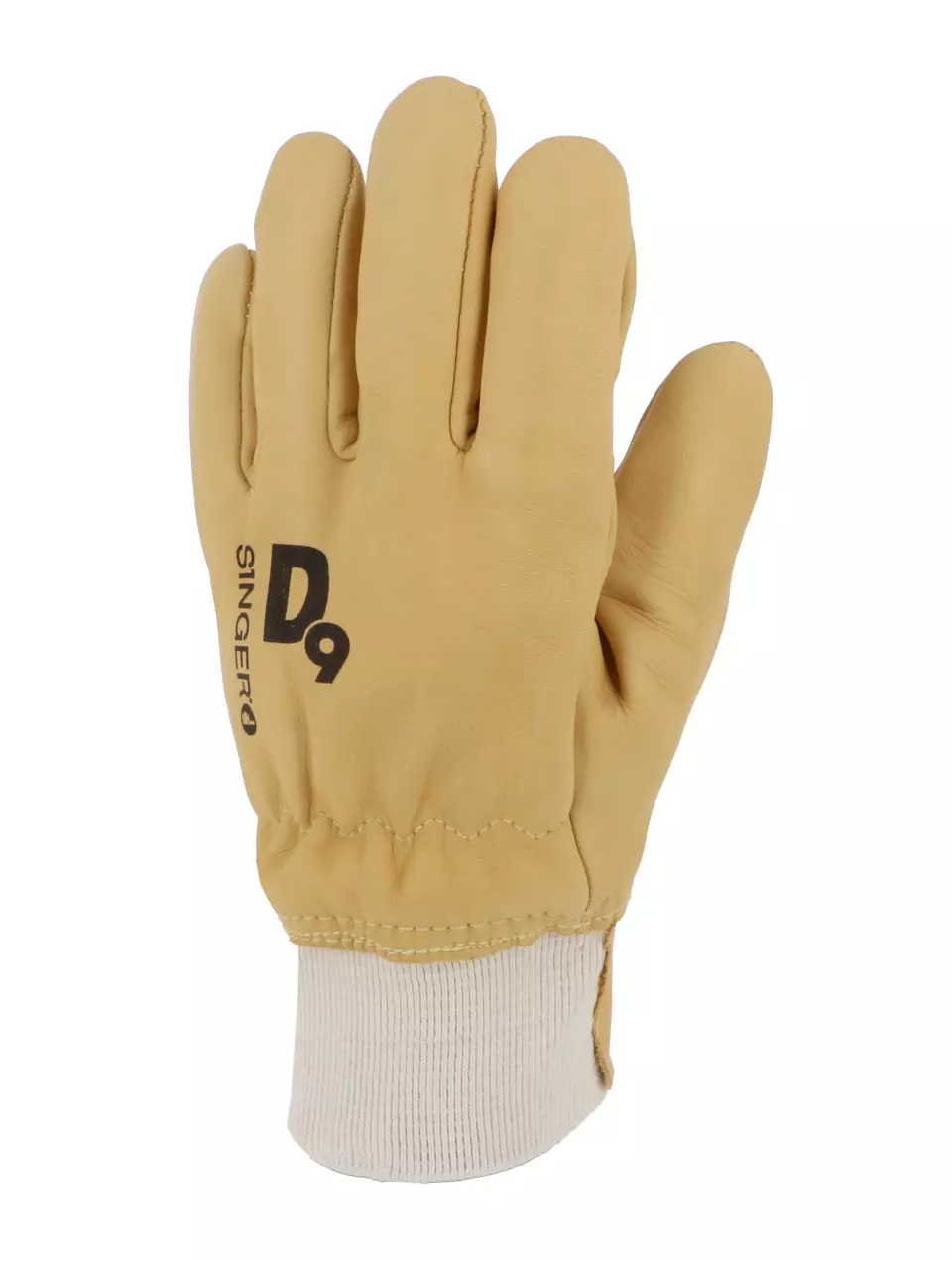


Features You'll Love

EN 388 · Puncture Resistance Level 1, Cut Resistance, ISO 13997 Level D, Abrasion Resistance Level 2, Tear Resistance Level 2
EN 407 · Heat Contact Level 1, Burning Behaviour Level X, Molten Metal Resistance Level X, Metal Splash Resistance Level X, Heat Convection Level X, Radiant Heat Level X
Provides basic protection against punctures from blunt objects like splinters, not sharp points like needles.
Offers strong protection against cuts from utility knives, glass edges, and sheet metal.
Withstands moderate rubbing and friction, offering good protection for tasks involving handling rough materials.
Offers moderate resistance against snagging or catching on rough objects, preventing small rips from growing.
This product provides short-term protection against contact with hot objects up to 100°C (212°F) for at least 15 seconds. It is ideal for brief handling of warm items in non-professional settings like home kitchens.
This product was not tested for its resistance to open flames or burning behavior under the EN 407 standard. Therefore, it does not claim to offer protection against fire and should be kept away from naked flames.
This product was not tested for resistance against molten metal splashes under the EN 407 standard. Therefore, it is not intended for use in activities like welding or foundry work where this specific hazard is present.
This product has not been tested for resistance against splashes of molten metal under the EN 407 standard. It is not intended for use in activities like welding or foundry work where this specific protection is required.
This product has not been tested for protection against convective heat, which is the transfer of heat through moving air or fluids. Therefore, no specific performance level for delaying heat transfer from a flame is claimed.
This product has not been tested for protection against radiant heat, the invisible heat felt from a distance like near a furnace. Therefore, it does not have a certified performance level for this specific type of intense heat hazard.
Singer Safety
Protective Gloves, 10 pairs
Protective Gloves, 10 pairs
4.6 / 5
197,33 €
Price per 10 pairs
19,73 € / pair
Choose size
Free delivery
Features You'll Love

EN 388 · Puncture Resistance Level 1, Cut Resistance, ISO 13997 Level D, Abrasion Resistance Level 2, Tear Resistance Level 2
EN 407 · Heat Contact Level 1, Burning Behaviour Level X, Molten Metal Resistance Level X, Metal Splash Resistance Level X, Heat Convection Level X, Radiant Heat Level X
Provides basic protection against punctures from blunt objects like splinters, not sharp points like needles.
Offers strong protection against cuts from utility knives, glass edges, and sheet metal.
Withstands moderate rubbing and friction, offering good protection for tasks involving handling rough materials.
Offers moderate resistance against snagging or catching on rough objects, preventing small rips from growing.
This product provides short-term protection against contact with hot objects up to 100°C (212°F) for at least 15 seconds. It is ideal for brief handling of warm items in non-professional settings like home kitchens.
This product was not tested for its resistance to open flames or burning behavior under the EN 407 standard. Therefore, it does not claim to offer protection against fire and should be kept away from naked flames.
This product was not tested for resistance against molten metal splashes under the EN 407 standard. Therefore, it is not intended for use in activities like welding or foundry work where this specific hazard is present.
This product has not been tested for resistance against splashes of molten metal under the EN 407 standard. It is not intended for use in activities like welding or foundry work where this specific protection is required.
This product has not been tested for protection against convective heat, which is the transfer of heat through moving air or fluids. Therefore, no specific performance level for delaying heat transfer from a flame is claimed.
This product has not been tested for protection against radiant heat, the invisible heat felt from a distance like near a furnace. Therefore, it does not have a certified performance level for this specific type of intense heat hazard.
Product description
These protective gloves feature water-repellent cow grain leather construction with Kevlar® lining for superior cut resistance. Designed with a Gunn cut pattern and wing thumb for enhanced durability and dexterity, they offer comprehensive protection certified to EN 388:2016+A1:2018 (2X21D) and EN 407:2020 (X1XXXX) standards. The specialized design includes separately sewn middle and ring fingers, shirred elastic back, and elastic knit wrist with vein patch protection.
Product Features:
- Cut resistance with Kevlar® lining throughout
- Water-repellent cow grain leather on palm and back
- Gunn cut pattern with wing thumb for improved durability
- Middle and ring fingers sewn separately for better dexterity
- Elastic knit wrist with vein patch protection
Technical Details:
- Shirred elastic back for secure fit
- TDM cut resistance Level D (highest level in EN ISO 13997)
- Contact heat protection (Level 1)
- Complies with EN ISO 21420:2020 general requirements
Recommended Applications:
- Public works
- Light industry
- Agriculture
- Green spaces
- Logistics
Standards:
- Category II PPE under European Regulation (EU) 2016/425
- EN 388:2016+A1:2018 (2X21D) for mechanical risks
- EN 407:2020 (X1XXXX) for thermal risks
- ISO 9001/14001 certified production
EAN: 3660514261914, 3660514261921, 3660514261945, 3660514261952, 3660514261976, 3660514261983, 3660514262003, 3660514262010, 3660514262034, 3660514262041